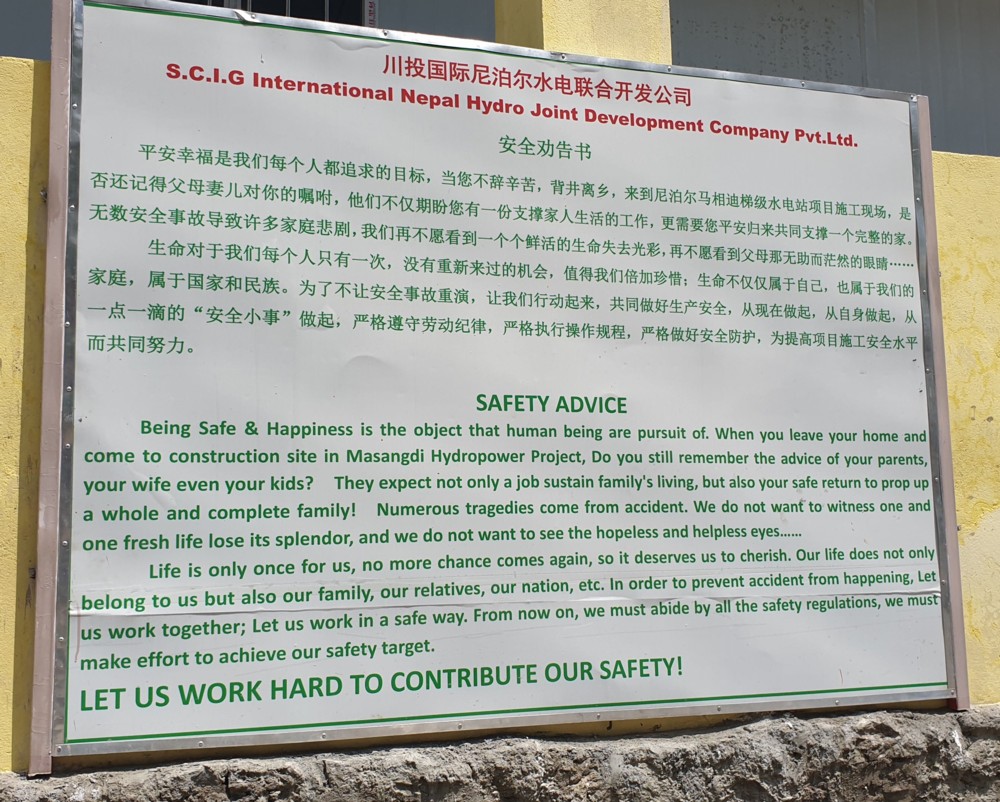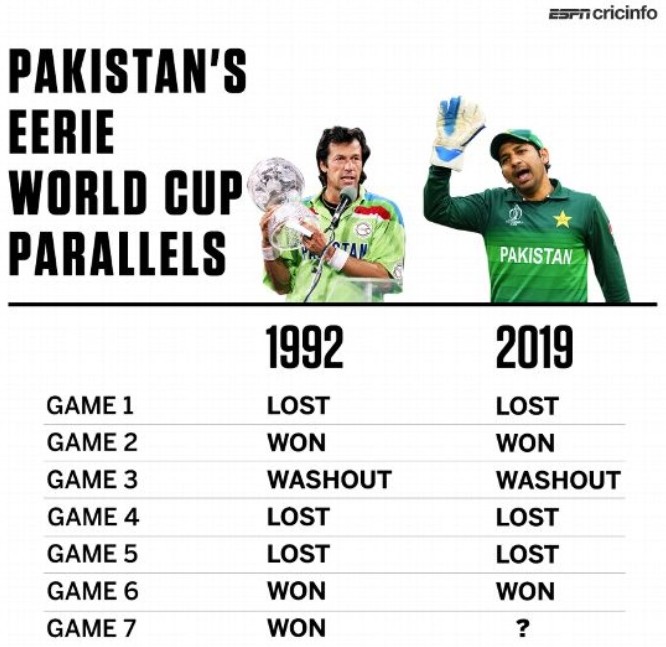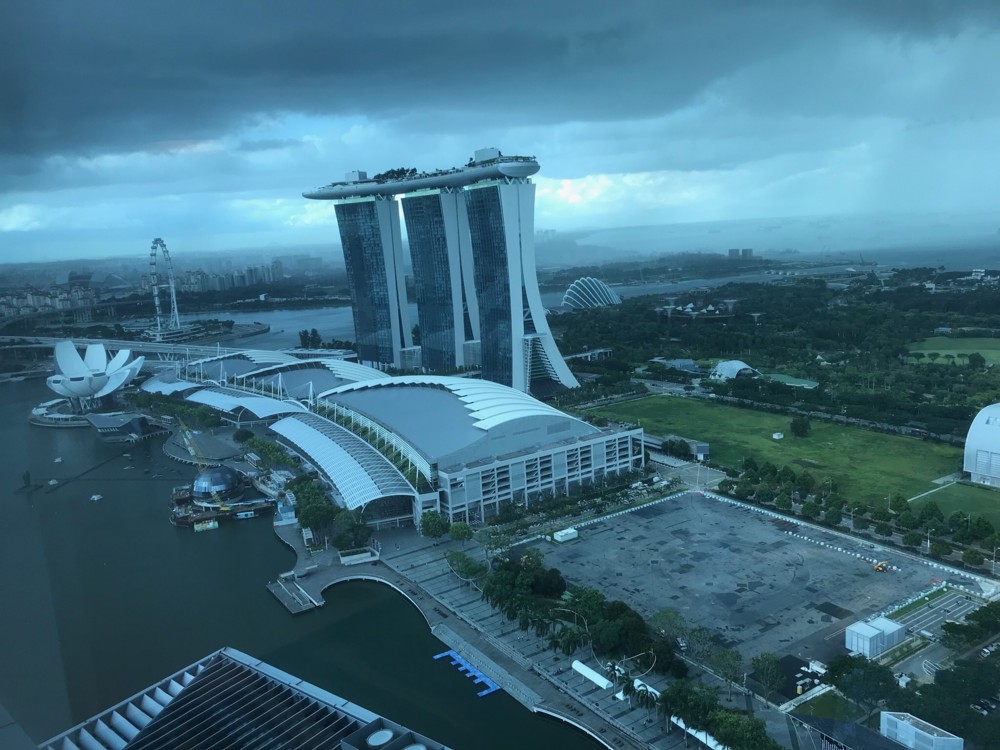I continue to struggle to find ways of communicating my enthusiasm for Stephen Davies’s new book, The Wealth Explosion: The Nature and Origins of Modernity. But I now think I know one of the reasons why I am struggling.
When you want to enthuse about a book on an historical subject, you probably want also to be summarising it, so that those who read of your enthusiasm but who won’t actually be reading the book itself (what with there being so much else to read (thanks to Modernity)), at least get an idea of what the book is about and why the guy who wrote it is so worthy of praise. I have come to realise that part of the reason for my difficulty in saying how much I liked and continue to like reading The Wealth Explosion is that this book is not only itself about Modernity, but is also a heroically succinct summary, of a big clutch of debates among historians generally about Modernity. What Modernity has been and is, what made it happen when it did and where it did, whether it’s a good thing (Davies thinks it very much is a good thing (as do I)), and whether Modernity will continue. That sort of thing. Almost every paragraph of this book is quotable, because it says so much, and alludes to so much, about so much, with so few words.
Here is a fascinatingly typical example of what I mean, which is to be found under the heading “Why the Later Eighteenth Century” (pp, 53-55):
… [T]here are two big questions that any explanatory account of modernity has to address and try to answer. The first is chronology. Why did the elements of modernity start to occur in the later eighteenth and early nineteenth century and not before? One obvious argument is that the critical factor. whatever it might be. appeared just before the takeoff and so led to it directly – this might be the cultural and intellectual changes posited by Mokyr and McCloskey for example. There are however other candidates for that role. Many authors however reject this and argue that the breakthrough after 1750 had deeper roots. going back into previous history.
This is a challenging argument to make at first sight, given that what we have to explain is not a change produced by a continuous process but rather one where there is a sudden change of gear or state that took place in a relatively short pace of time by historical standards. One way is to argue that what we have is a slow, cumulative process that at a particular point in time reached a tipping point where there was a sudden shift to a different level and kind of change. An analogy would be a pot of water on a stove. The temperature of the water will rise slowly but the change from water to water to steam will happen in a matter of minutes once boiling point arrives.
An even closer analogy is that of a primitive atomic pile: as more and more blocks of fuel are added to the pile nothing much happens at first apart from a gradual rise in heat until suddenly there is a critical mass of fuel, i.e. enough material in sufficiently close proximity to sustain a continuous chain reaction. This means that the breakthrough to modernity could not happen anywhere until the various preconditions were in place (either locally or globally) and that this came about as the result of a gradual build-up. Therefore, for example, Julian Simon argues that the key factor was simply the number of people and that the population levels needed for all of the other changes were not reached until the later eighteenth century and could not have been sustained earlier because of the inability to mechanise agriculture in any significant way.
The other approach is to argue that the breakthrough to modernity could have happened earlier and may even have started to happen, but was stopped. Eric Jones for example argues strongly for this approach. He points out that the central phenomena of intensive growth and innovation are, or should be, the natural result of economic exchange. Moreover we do indeed see them arising at various points in history before the eighteenth century. The biggest example (for which see the next chapter) was China under the Song dynasty and indeed at some other points in its history but there are other instances, such as the central Middle East under the early Abbasids in the eighth and ninth centuries, or the classical Mediterranean civilisation during both the second century AD and the Hellenic era after the death of Alexander. In addition there are also episodes throughout history of what we may call ‘ages of reason’, which see the development and articulation of materialist and sceptical thought – these can be found in the history of China, the Islamic world, India, and classical civilisation. (Their extent is often underestimated because frequently little has survived of their written work because of later reactions).
The point here is that we have earlier episodes of many of the central features of the modern revolution, such as intensive growth, technological innovation, and the ideas of critical rationalism but that these ‘eflorescences’ (as Jack Goldstone calls them) were not sustained. Instead, something choked them off. This is of course compatible with the first approach – the fact that these episodes were not sustained would on that view show that there was, by analogy, not enough fuel in the reactor to keep the chain reaction going. The alternative is, to continue the analogy, that there was already enough ‘fuel’ in the ‘reactor’ long before the reaction finally sustained itself in the later eighteenth century but that before then there was a control mechanism (analogous to the absorbent control rods in an actual reactor) that suppressed the process and stopped it from continuing when it could have.
This explanation in turn can take two different forms. One is that the ‘controls’ that prevented such earlier episodes from sustaining themselves were features of the social, political, and economic order of traditional societies that could have been changed but were not, for various reasons. The strongest candidate is the set of institutions described in the previous chapter, which arose as a response to the Malthusian constraints facing traditional agricultural societies, along with the need to have between eighty and ninety per cent of the population engaged in agriculture. These social practices and institutions seem to have proved very resilient and they had the effect, above all, of preventing sustained innovation. The other way of explaining the termination of ‘eflorescences’ is to emphasise, in addition to wider social obstacles, deliberate policy by rulers or rather the way that the interests of certain social groups and above all ruling classes led them to follow a course that had the effect of terminating such episodes and making them less likely to start in the first place. This is the view of a number of scholars such as Goldstone himself, Eric Jones, and Mark Elvin. The key historical episode for those who take this view is that of China under the Song and it is the failure of that particular ‘efflorescence’ to sustain itself that has attracted the most attention.
The above is one of a number of passages in The Wealth Explosion where Davies is (to me) irritatingly coy about the ways these eflorescences ran out of puff. Let me give the game away. Europe, at the moment when it mattered, was politically divided, while all those other places, and China in particular, was not. China’s rulers could and did end their eflorescence. Europe’s rulers couldn’t, and because they continued competing with one they instead encouraged their eflorescence to continue. Hence the wealth explosion of the title of this book.
I supplied another slightly longer summary, complete with the punch line that Davies keeps omitting, in this posting at Samizdata.
On the above matter, I wish that Davies had been less succinct. Consider the bit where he says – in brackets, like it’s just a throwaway thought – this:
(Their extent is often underestimated because frequently little has survived of their written work because of later reactions).
These eflorescences, in other words, were a bigger deal than most people think, even quite educated people, because the memory of them was deliberately expunged. I would have liked a whole chapter about the various eflorescences he’s talking about, together with much more in the way of argument to effect that they were indeed big deals, and that lots of evidence of their bigness was indeed expunged. As it is, we have to make do with the one fascinating chapter about just one of these eflorescences, the one that efloresced in Song China. But the scale and significance of each of these eflorescences is central to what this book is all about. Modernity did not get created only in Europe. Modernity was created all over the place. Europe is merely where Modernity was not suppressed.
Read more bits from this terrific book here, here, and here.






